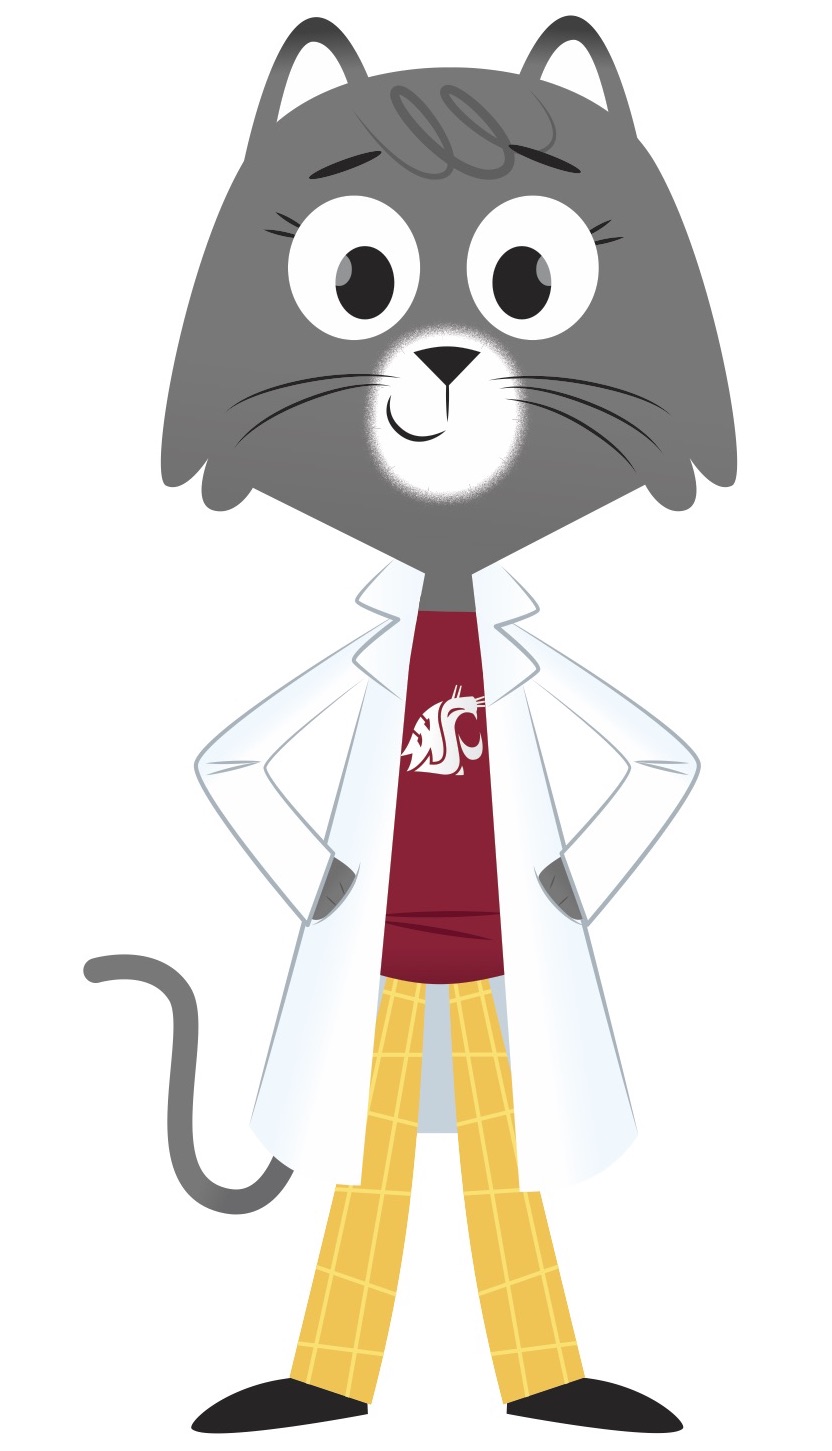Dear Kaitlyn,
Take a look around. Maybe you can turn your head to the left and right and move it up and down. You can move your eyes around in a bunch of different directions, and perhaps you can even cross them.
In the animal kingdom, there are lots of different kinds of eyes that see the world in different ways. Owls can’t move their eyeballs around in their eye sockets very well, but they do have pretty good night vision. They also have eyes that are positioned on the front of their heads like a lot of their fellow predators.
That’s what I found out from my friend Letty Reichart, who knows a lot about the study of birds, or ornithology. She earned her Ph.D. at Washington State University and now teaches biology at the University of Nebraska Kearney.
 While owls might not be able to move their eyeballs around like you can, they more than make up for this by turning their heads, which gives them a really good view of their environment.
While owls might not be able to move their eyeballs around like you can, they more than make up for this by turning their heads, which gives them a really good view of their environment.
“It’s a unique adaptation for owls to be able to do that,” Reichart said. “It’s part of their predatory lifestyle, but we actually know relatively little about it.”
In fact, a lot of predators with eyes that face forward have what we call binocular vision. In the wild, owls use their vision to look for animals like raccoons, squirrels, mice, and lizards that they can eat for dinner.
Reichart said an owl’s bone structure is part of what helps with the head rotation. Owls have a part of their skeletal system, called a pivot joint, that helps give them a broad range of movement.
If humans turn their necks too far, that movement can cause some serious damage. That’s because turning the head too far can lead to pinching off vessels that run down the backbone. These vessels help carry blood around the body, so when the vessels get pinched it can cause blood to stop flowing through our body. But owls have necks that are a little different.
Not all the blood vessels run through their bones. The vessels that do run through bone have much more wiggle room. The opening a vessel flows through is about ten times the size of the vessel itself. When owls turn their heads, even though their necks are twisting, the bone is not likely to hit those vessels and arteries. That way, they can avoid major injuries to their necks.
In turns out that some owls can turn their heads in a half circle, about 180 degrees, to the left or the right. There’s another critter that can also rotate it’s head in this way. The praying mantis is a predator and also uses a rotating head to look for prey in the environment.
Meanwhile, some owls can actually turn their heads 270 degrees to the left of the right. That’s more than twice what a human can do.
Sincerely,
Dr. Universe